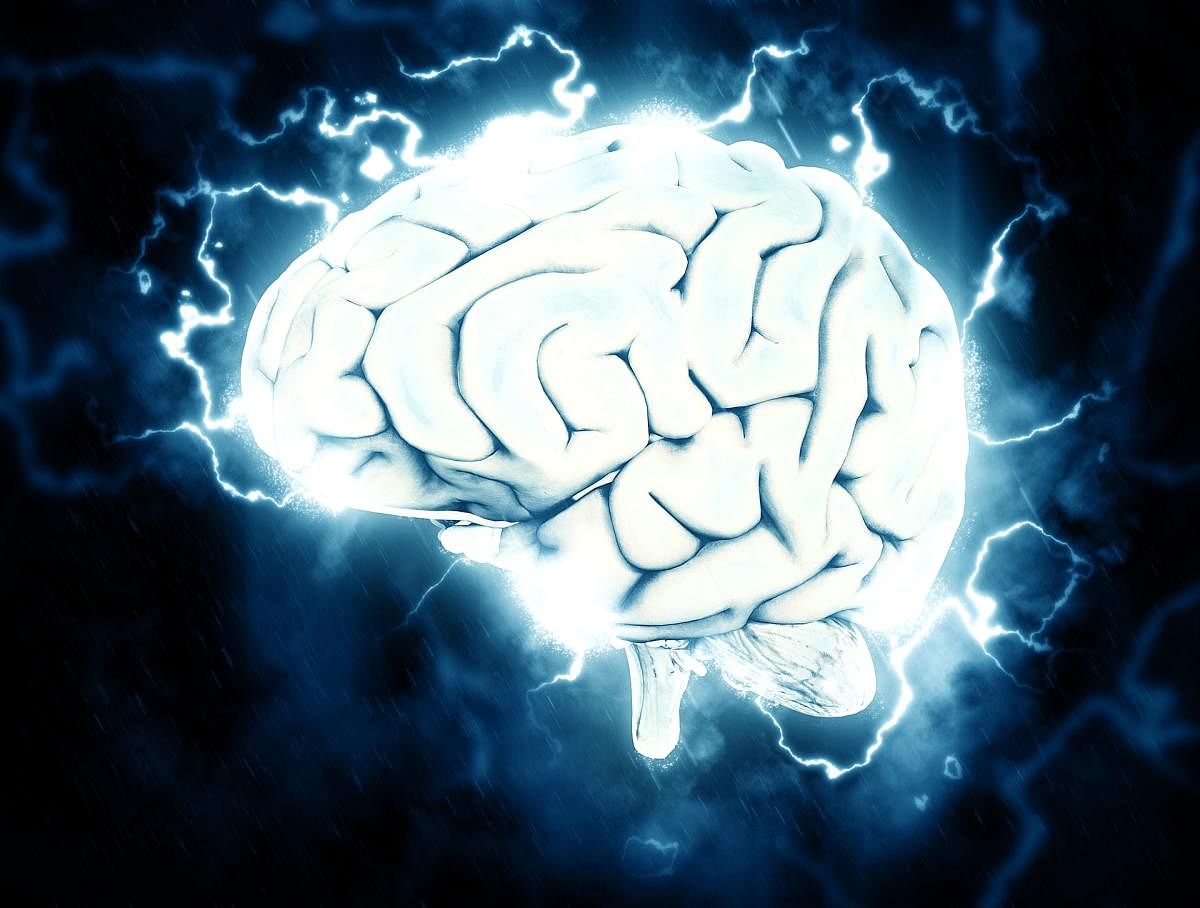
The entire set of human emotions can be traced to the functioning of a small 3-centimetre area on the brain's outer layer, cortex, according to a study which may unlock mysteries about illnesses like depression and phobia.
Researchers from the IMT School for Advanced Studies Lucca in Italy said the new "map" of emotions helps bring psychiatry closer to other fields of medicine in finding objective biological links to subjective feelings.
The study, published in the journal Nature Communications, assessed a group of 15 volunteers as they expressed, defined, and rated their emotions while watching the iconic 1994 comedy-drama movie Forrest Gump.
For the entire duration of the film, the volunteers reported scene by scene their feelings and their respective strength on a scale from one to 100.
The researchers then compared these answers with those of 15 other volunteers who had watched the same movie during a functional magnetic resonance imaging (fMRI) scan of the brain, conducted in Germany.
Using the 'emotional ratings' provided by the volunteers for each scene, the scientists then predicted the fMRI response of the brain to unveil the cortical regions.
They found that the activation of bundles of nerves at two lobes in the brain, called temporo-parietal regions, was associated with the states people feel at any moment, including which emotions are felt, and how much of them are perceived.
According to the scientists, the complexity, and intensity of emotional experiences that people feel are represented by smooth transitions of electrical activity in the temporo-parietal areas of the brain's right hemisphere.
"Dissecting the brain correlates of elementary factors that modulate intensity and quality of our emotions has major implications to understand what happens when emotions get sick, as in case of depression and phobia," said Pietro Pietrini, psychiatrist and co-author of the research from IMT School for Advanced Studies Lucca.